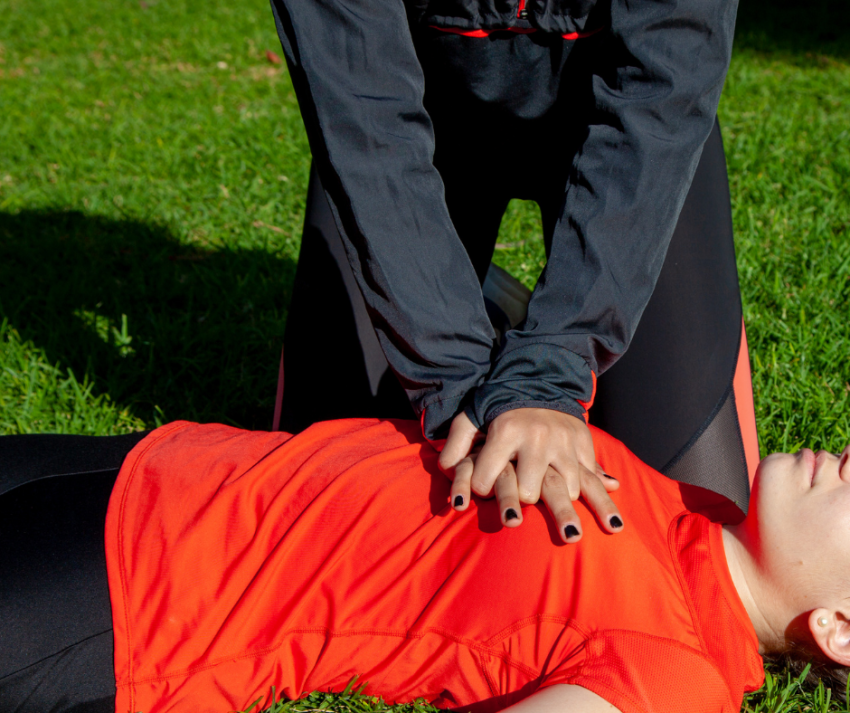Proof that CPR can help Save a Life
Proof Is In The Stats
I can’t even count the number of times participants have shown up to one of my classes utterly confused with what they believe are ever-changing CPR guidelines. They’ll ask how many compressions versus breaths they’re supposed to do or if they are even supposed to breathe in people anymore. Consistent information straight across the board is vital to saving lives. I absolutely love the news article from CNN that we linked at the end of the blog, which states that a teenage girl saved her best friend’s life the day after she took a CPR training class. She remembered 30 compressions and 2 breaths and put her training into action.
Because there is a lack of consistency straight across the board, participants are often given conflicting information. Some question if you should even be giving breaths anymore, especially during the pandemic. Other participants are learning 15 compressions and 2 breaths which is actually for advanced-level training, but some instructors are just passing it on to participants in basic-level training. These instructors aren’t telling their participants that these ratios are when you have two trained responders working together. Other instructors in their instructor training programs are being taught that it’s 20 compressions and 2 breaths.
Lack of auditing and not having a clear idea of all the first aid components can contribute to instructors not learning the most up-to-date content. This in itself needs a national overhaul. Life Start has been dedicated to creating consistent and up-to-date information in a timely fashion for every instructor, which ultimately gets passed down to participants.
We want every person who takes a first aid training class to leave feeling confident enough that they could jump in and act quickly in an emergency. The only way to achieve this is by building up each participant’s confidence and allowing them to ask every question they may have. Explaining how the body systems work and how you can’t really get deader than dead, so what’s the worst that can happen creates a sense of urgency to do something. It’s a pretty incredible moment when you realize that you were the one that makes the difference in an emergency situation. I absolutely love seeing teenagers taking an interest in taking first aid programs. They are going to be your future, and if we don’t train them properly, we won’t have a chance of survival.
If you haven’t taken a first aid program previously and are looking to at least get a basic knowledge, Life Start offers a virtual program that gives you the basics of CPR and heart attacks. You can also check out her YouTube page for our First Aid weekly topics and our social media platforms. We love to share feel-good stories and keep everyone thinking about the proper steps for first aid. If someone is unconscious, call 911, look for breath, listen, and watch to see if their chest rises. If the chest doesn’t rise, ask someone to get an AED. Follow the arms pits to the center of the chest, place one hand on top of the other, push down hard and fast 30 times, give two breaths, and repeat. It’s as simple as that. Pushing down on the chest helps build the pressure in the arteries to circulate the blood around the entire body to keep everything alive. The breathing puts oxygen back into the blood to let oxygenated blood flow through the body on the next round of compressions.
This is the basic information that can help save a life.
Do your part and know these basic steps; you may need it one day.
